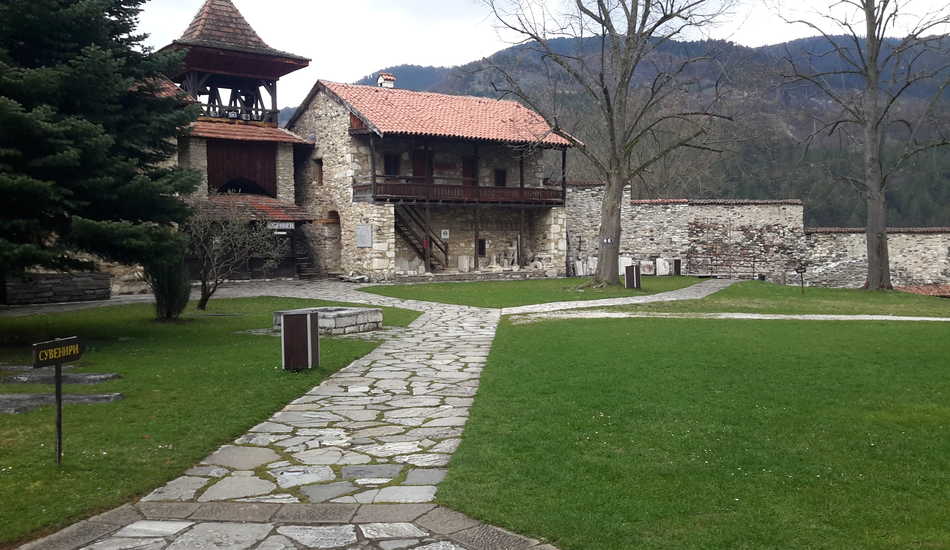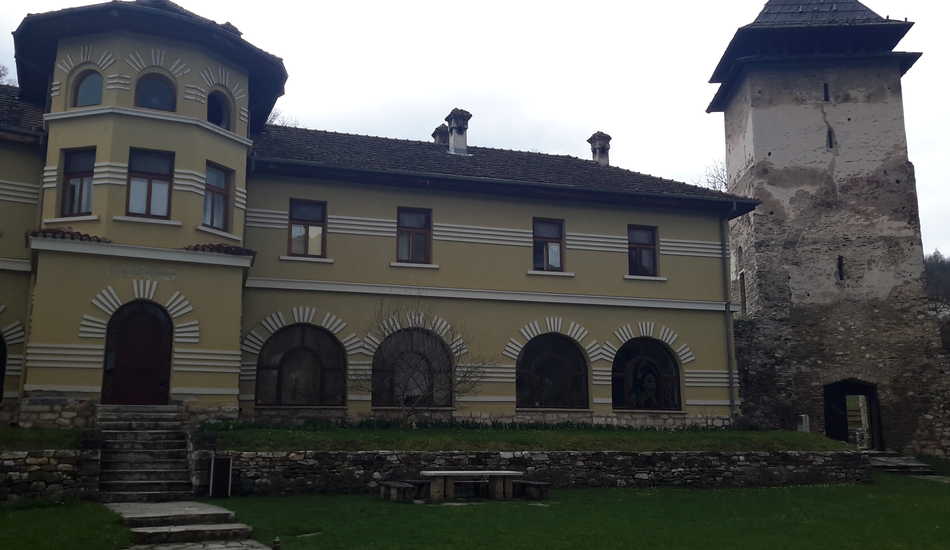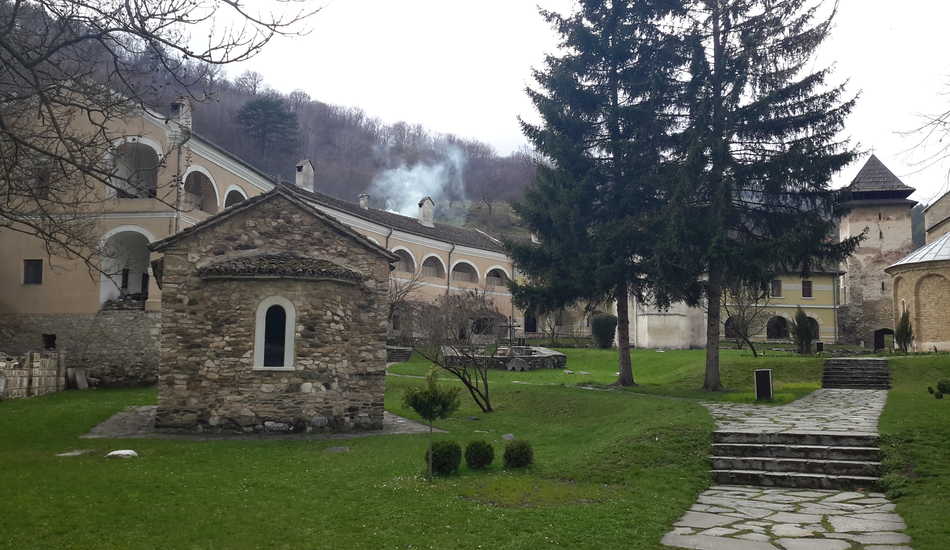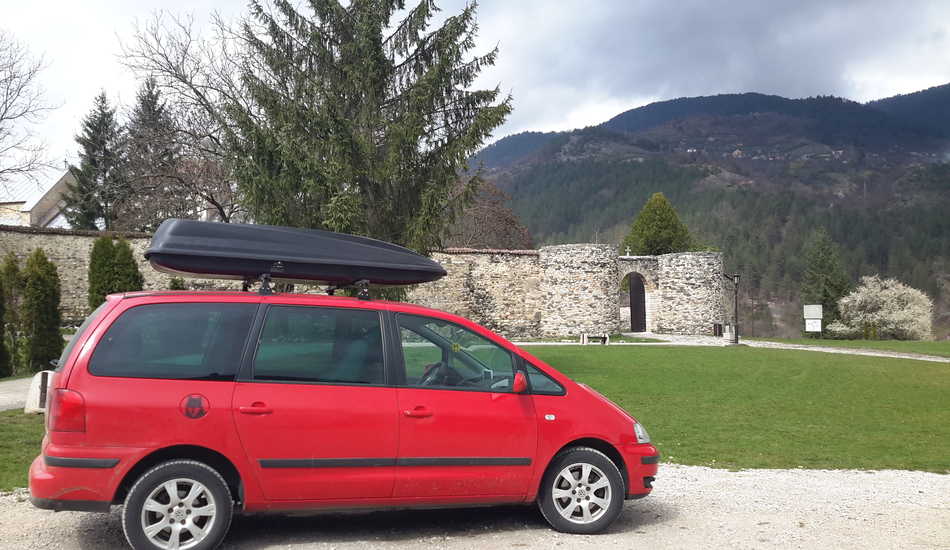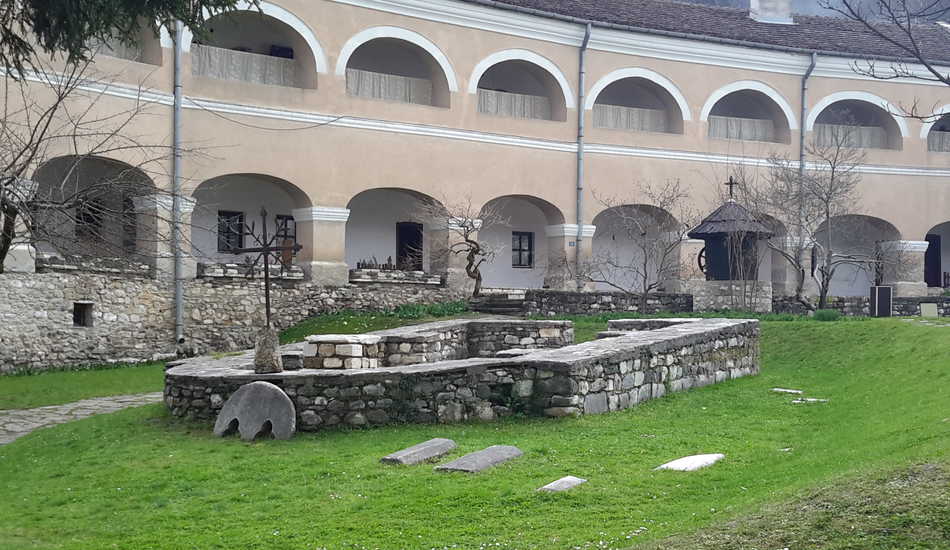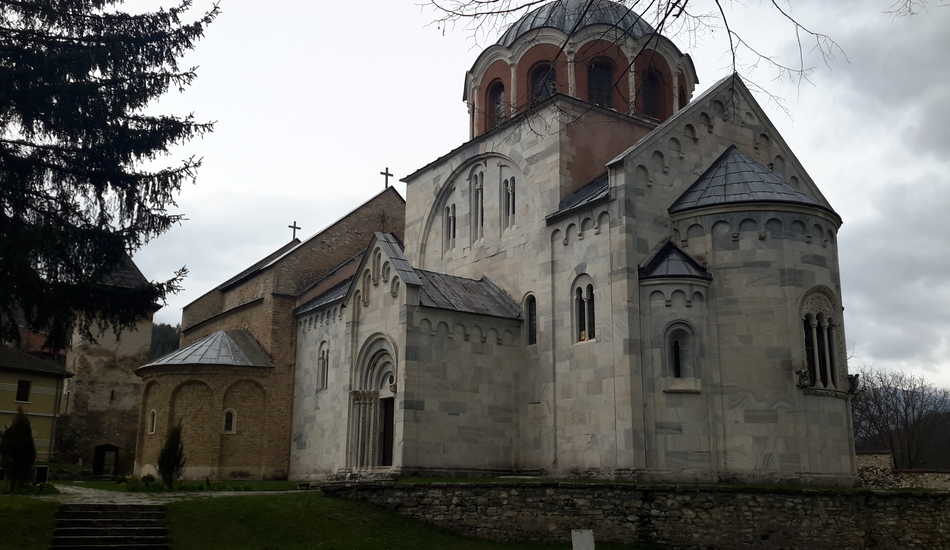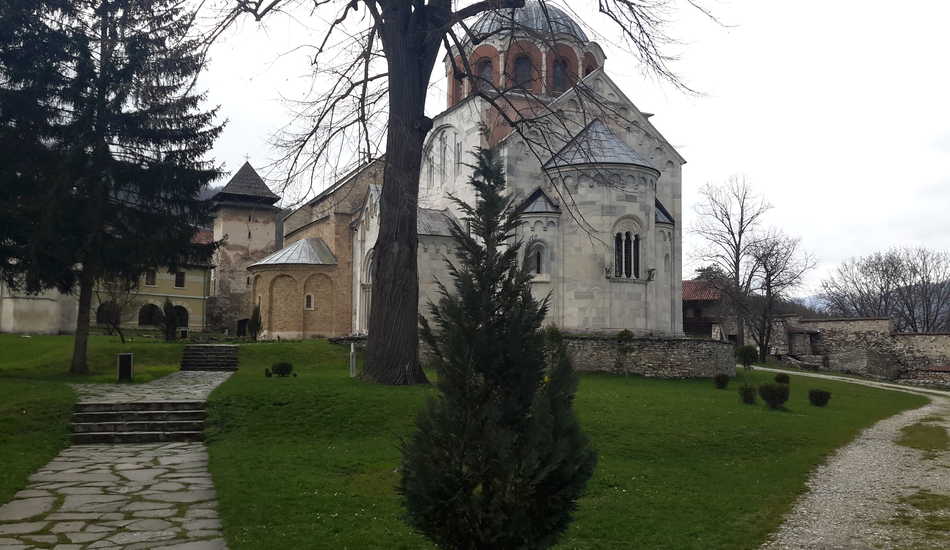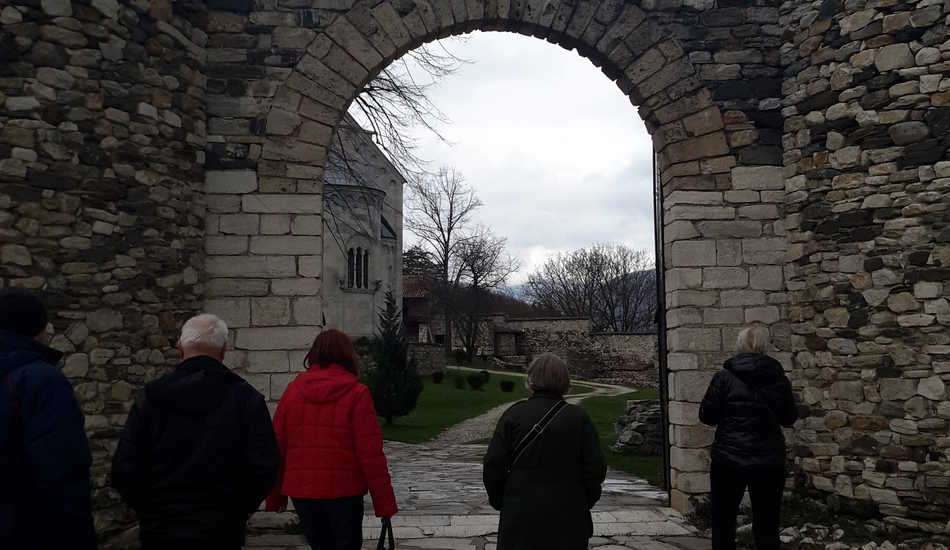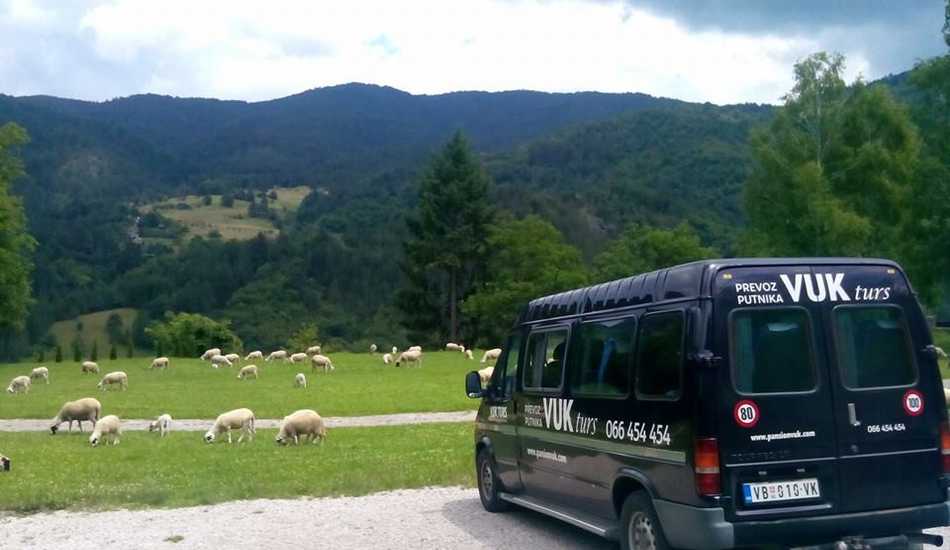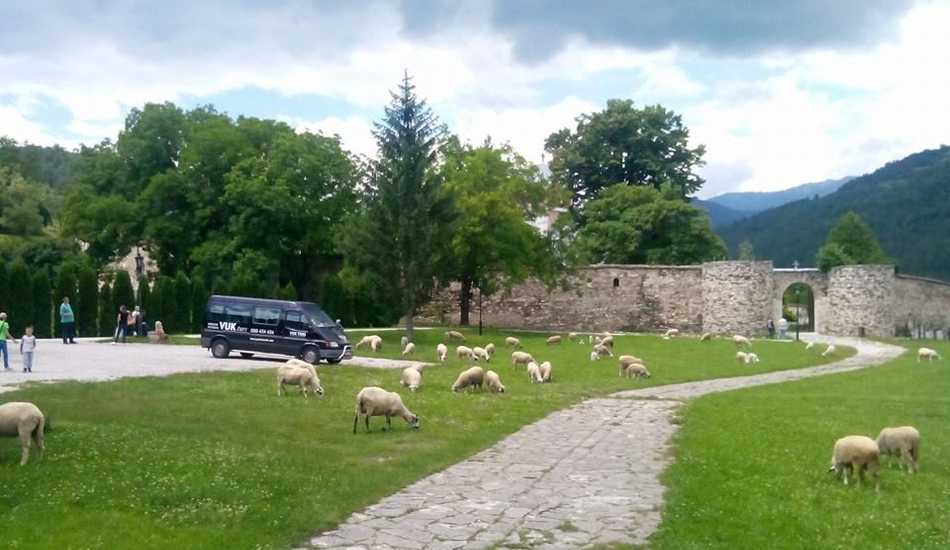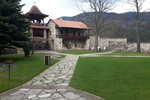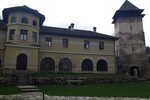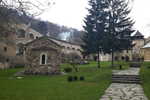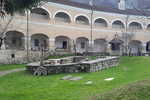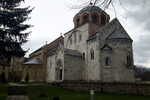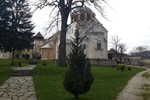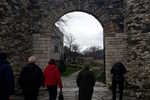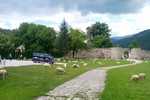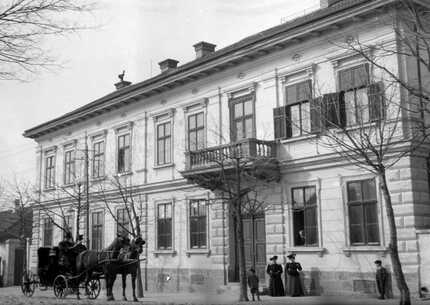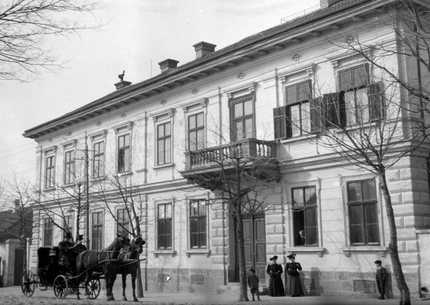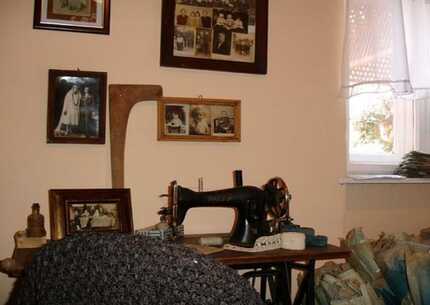Abstract:
Visit to the two monasteries. Optional visit to the ethno restaurant.Activities:
*Tour description:
At 9 a.m. departure from Vrnjci Spa. Arrival at the monastery Žiča around 9:45 a.m. Žiča is the Serbian medieval monastery from the first half of the XIII century, located near Kraljevo and belongs to the Diocese of Žiča Serbian Orthodox Church. It was built by the first King of Serbia, Stefan Nemanjić, from 1206 to 1221, and a significant role in its raising had his brother, Saint Sava. During the Middle Ages, in Žiča kings were crowned and bishops from the Nemanjić dynasty were proclaimed, so Žiča was also known as Sedmovrata (Seven doors). The main monastery church, built in the Raska style, is dedicated to the Ascension of Christ. The monastery was repeatedly destroyed and rebuilt, and in 1979 declared a cultural monument of great significance and is under protection of the Republic of Serbia. Today this is a nunnery with 40 nuns. After visiting the monastery, we continue following the ride through the beautiful Valley of Lilac, which was named after the legend that Emperor Uros I planted lilacs along the valley of the river Ibar in order to tame the steep and sharp cliffs and that the scene reminds his future bride, Helen of Anjou, to her native Provence. While driving, panoramic sightseeing of medieval fortress Maglič. Although it is not known who the founder of this foundation was, it is believed that it was Stefan the First Crowned in order to protect his endowment Žiča and Studenica. The river Ibar surrounds Maglič on three sides and only in the west can be reached on foot. Arrival at the monastery Studenica around 12a.m.. Studenica Monastery is one of the largest and richest monasteries of the Serbian Orthodox Church. It is dedicated to the Assumption of the Virgin, and was founded by Stefan Nemanja in 1190. The fortified walls of the monastery surround four churches: the Church of Holy Mother and the King's Church (Church of Saints Joachim and Anna), both constructed of marble, Nikoljac Church (Church of St. Nicholas) and another church, preserved in the foundations. The monastery is known for its collection of frescoes from the 13th and 14th centuries. In 1986, UNESCO included Studenica in the World Heritage list. Departure from the monasteries around 1:30 p.m. Optional visit to the famous ethno restaurant "Kod Mira" in Bogutovac, a restaurant dating from 1826, and is based on the principles of family business. Back to Vrnjacka Banja until 03 p.m.

